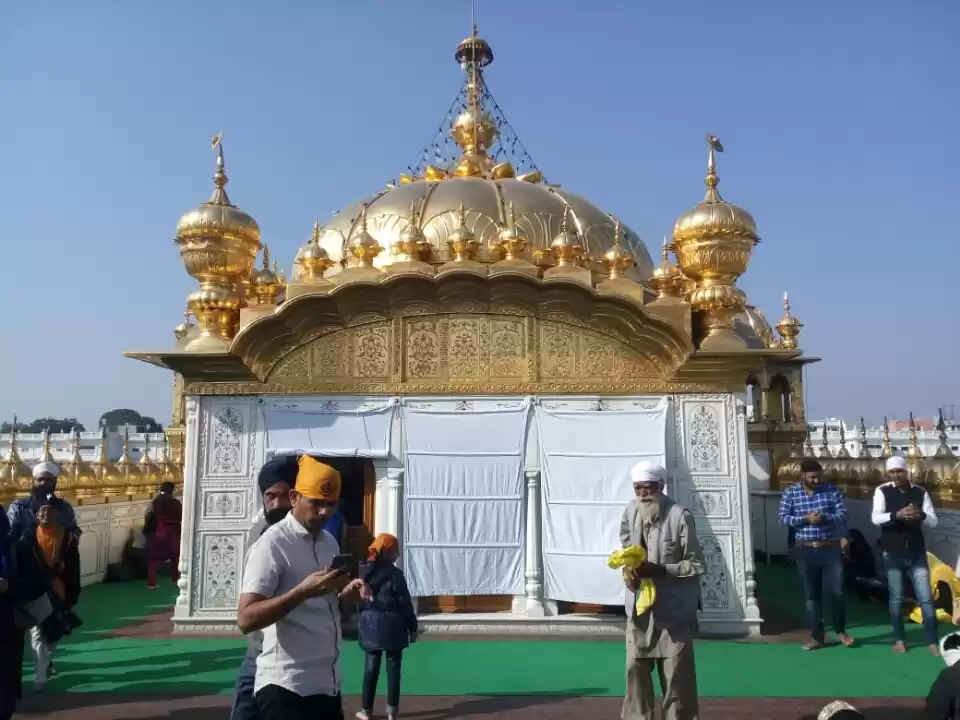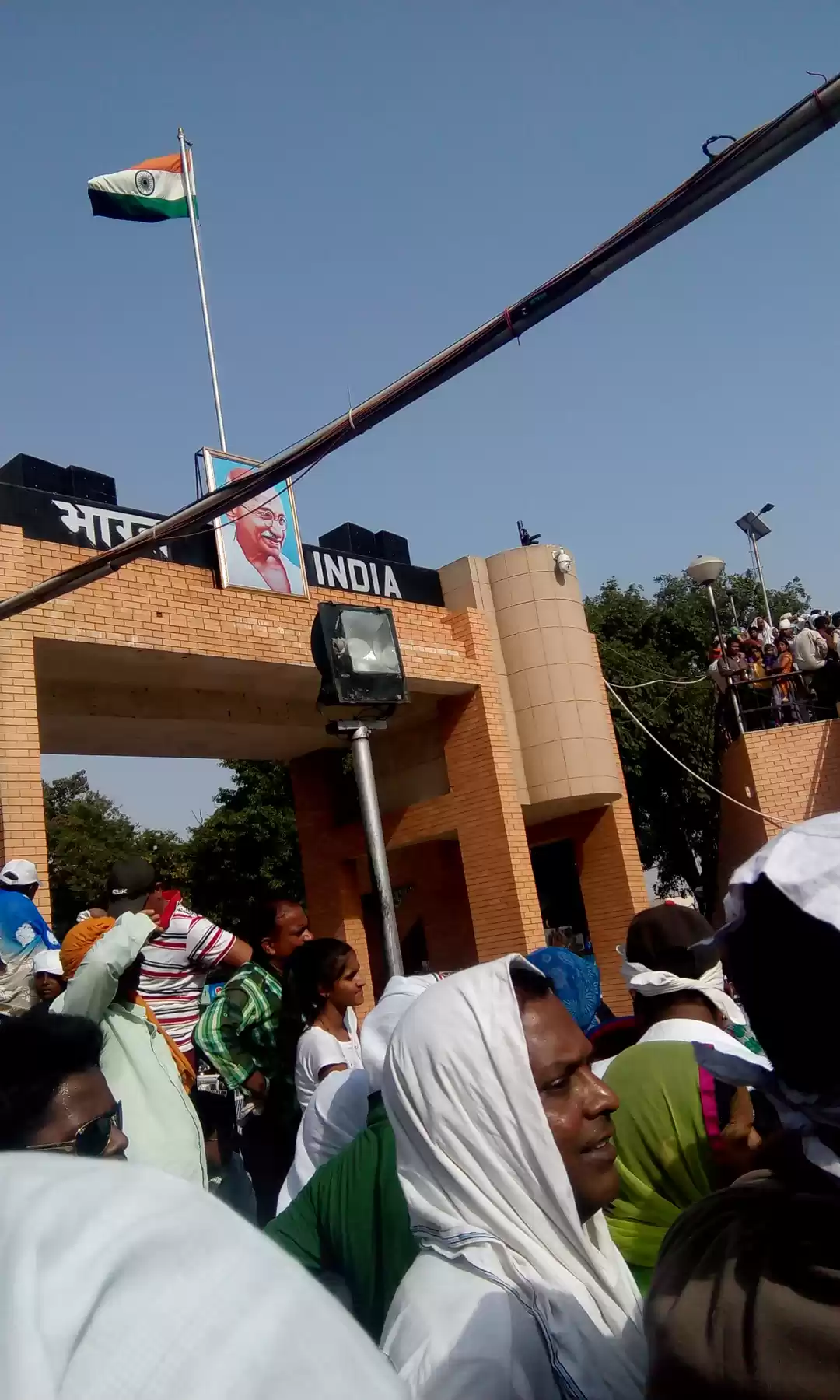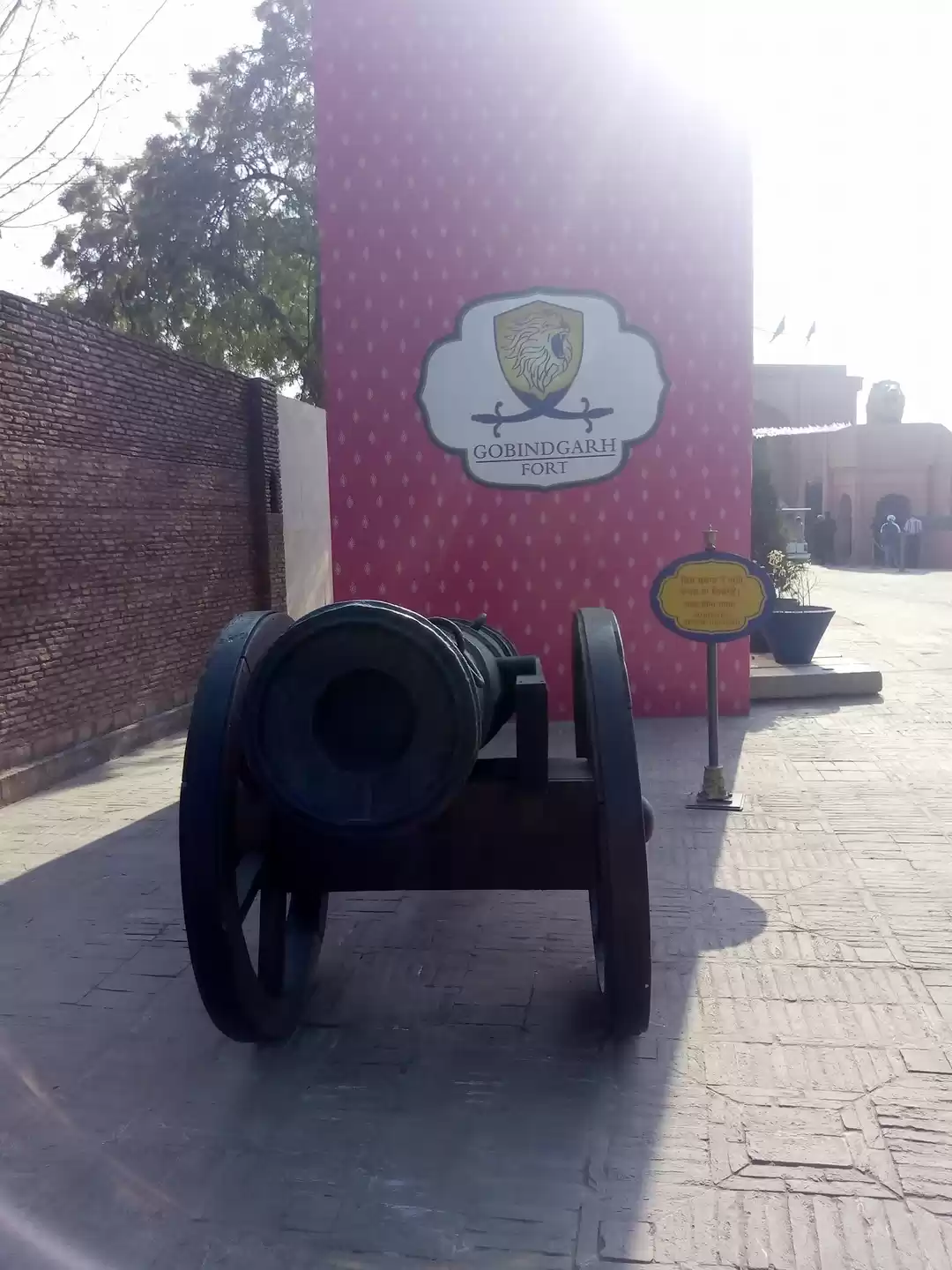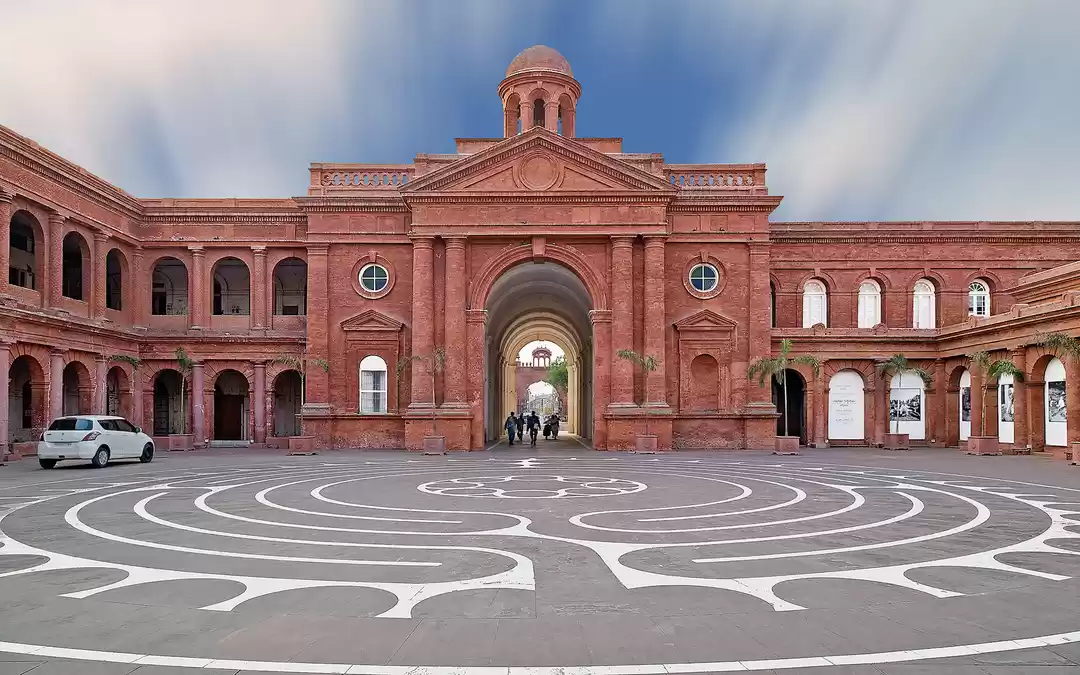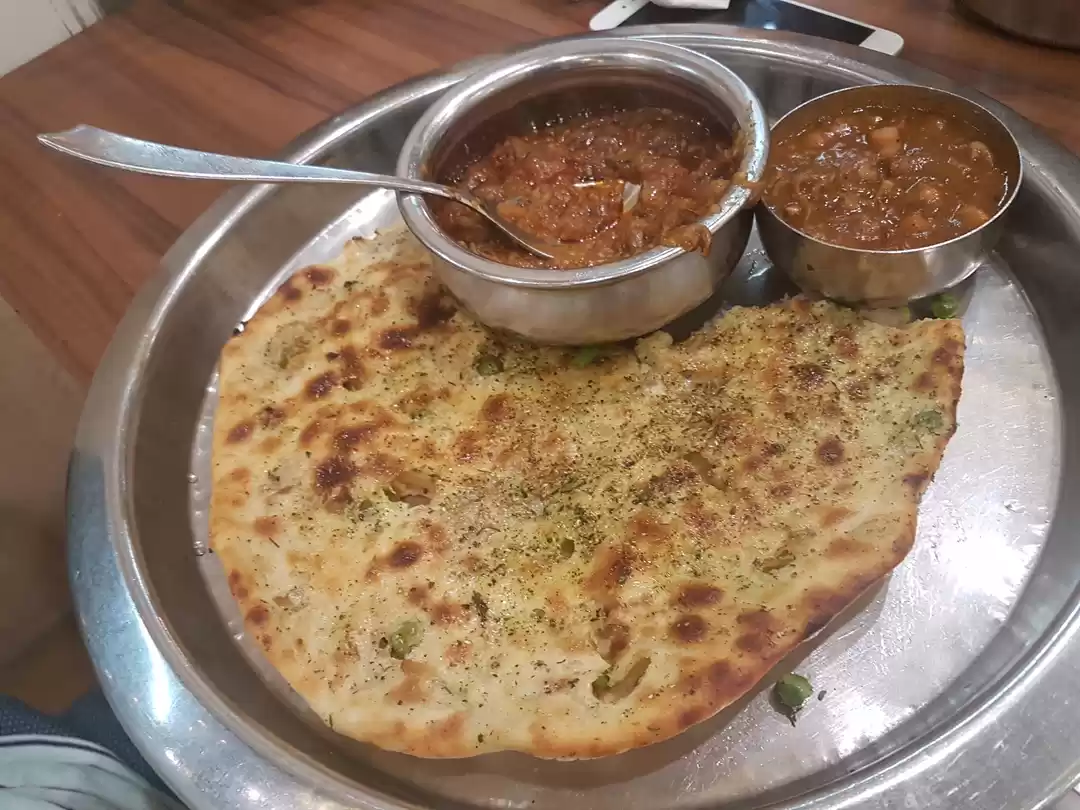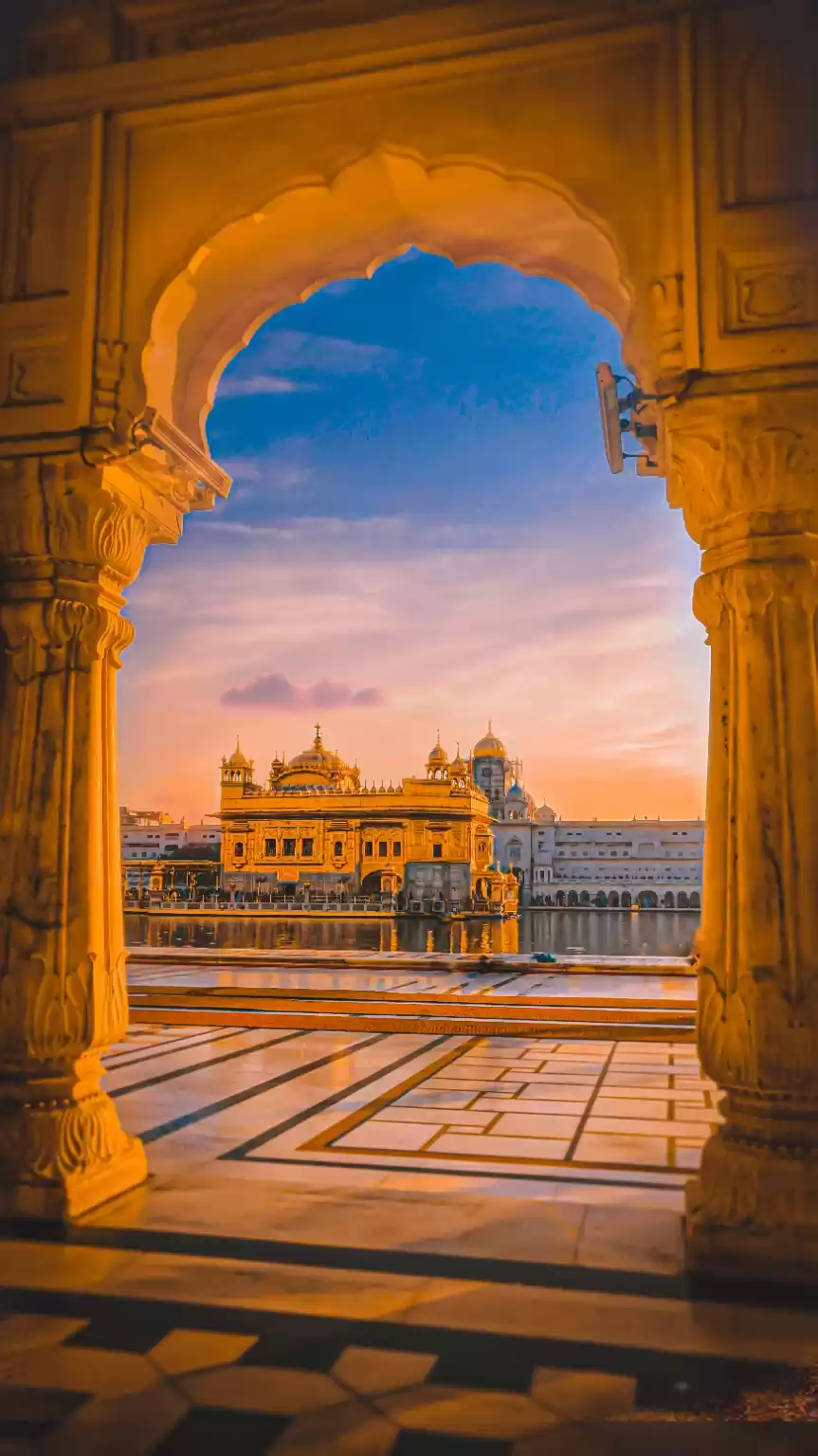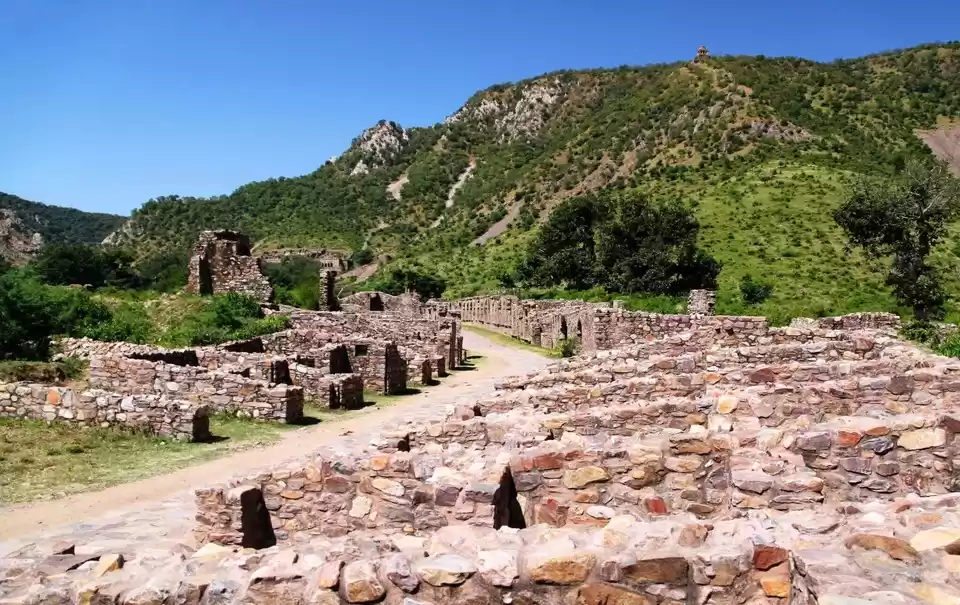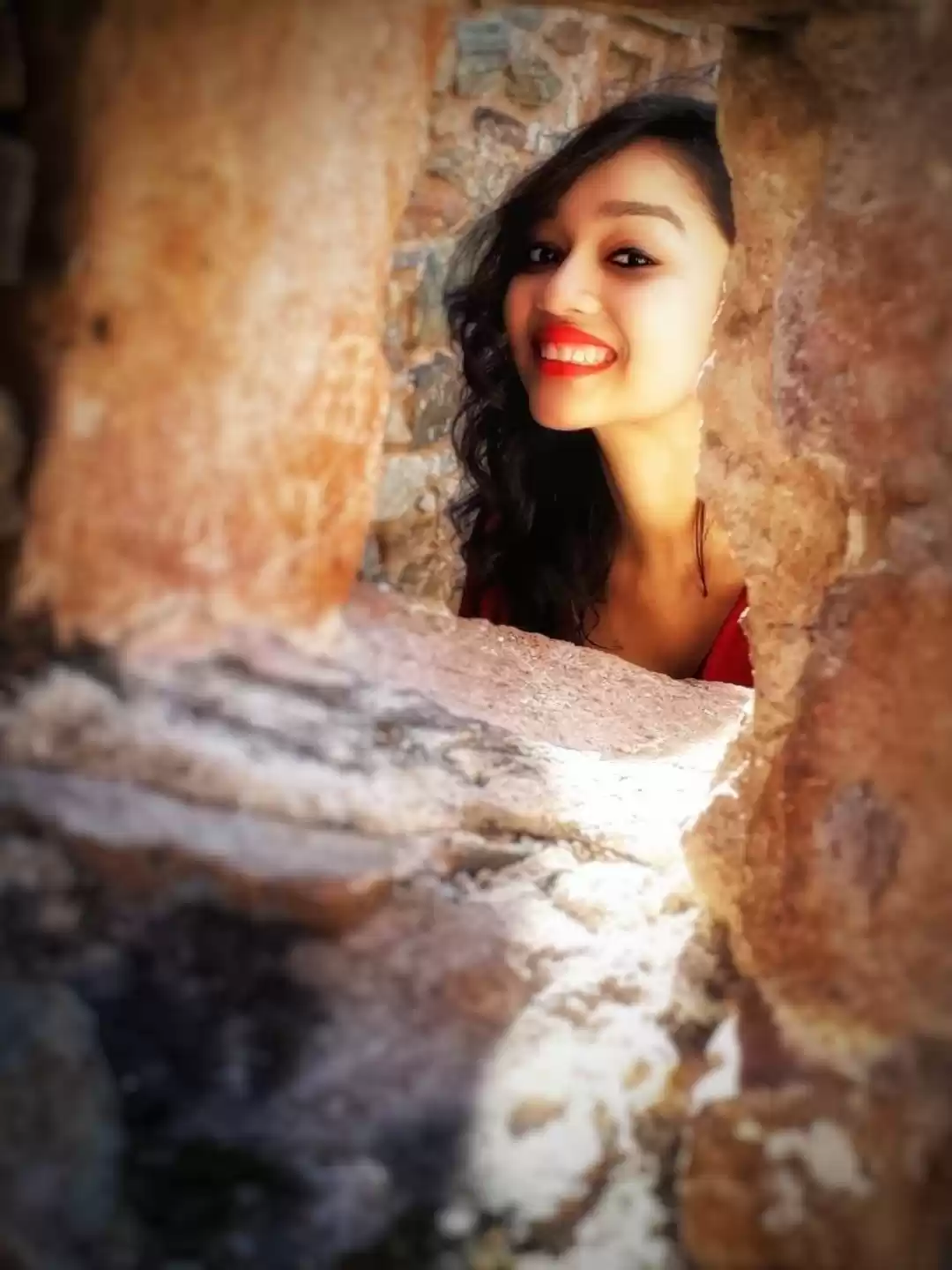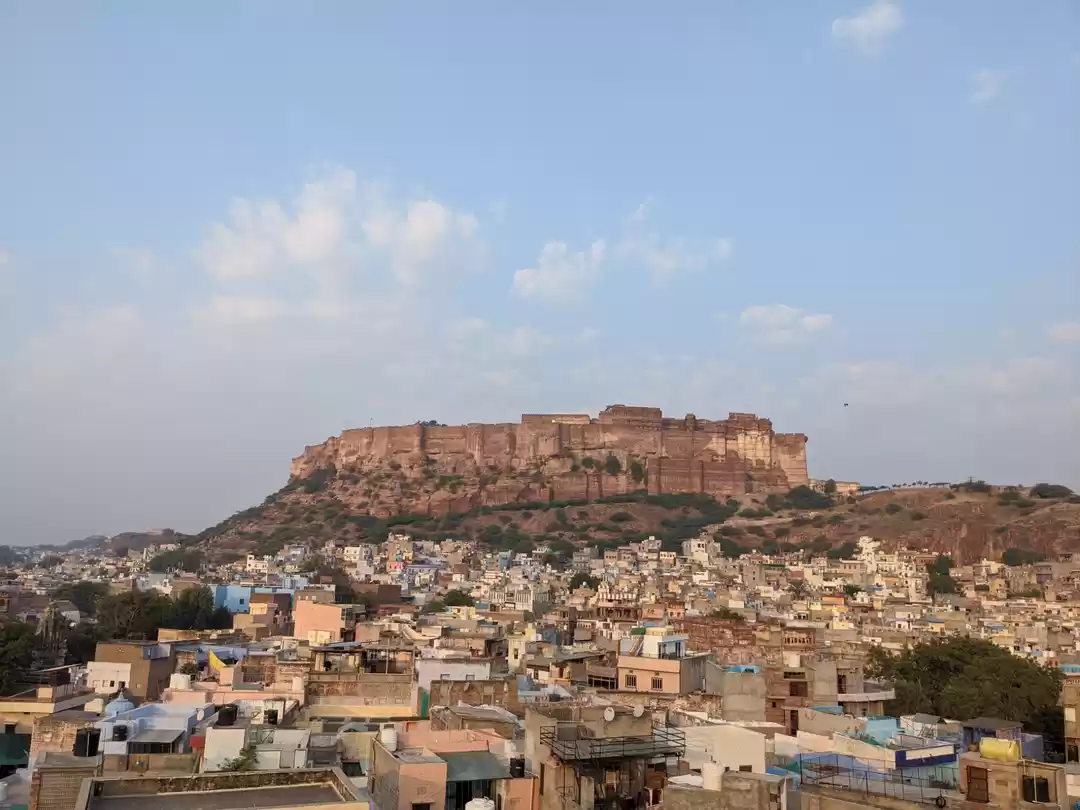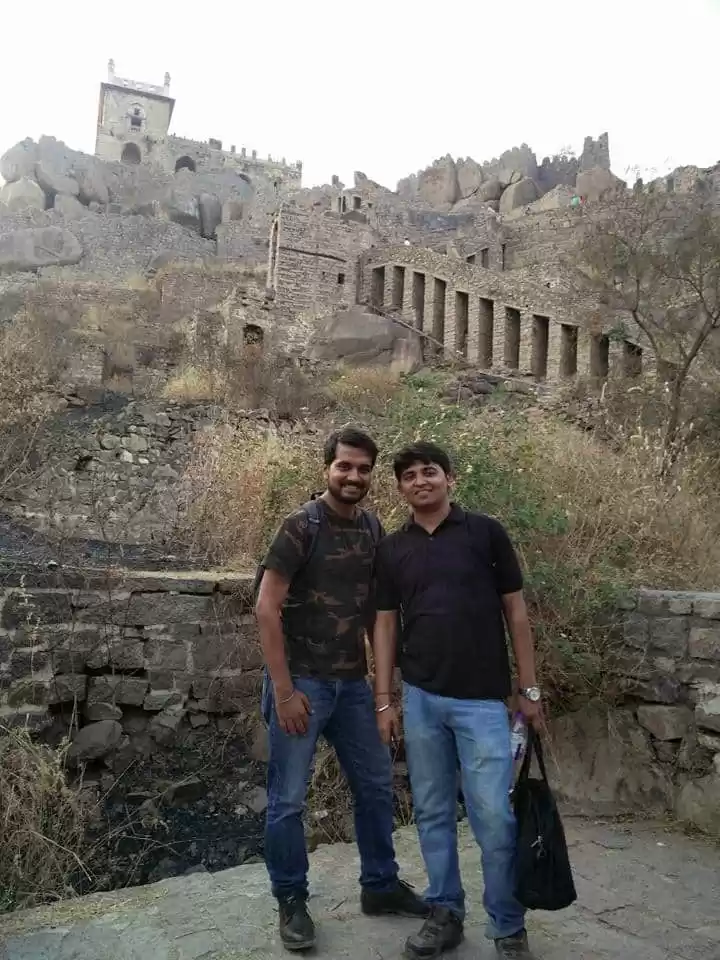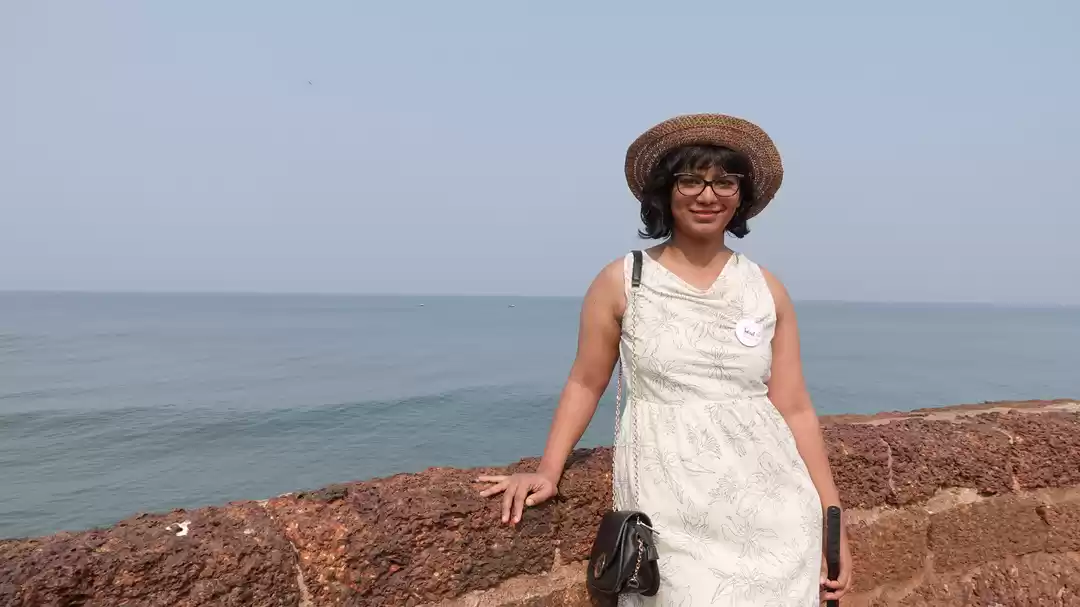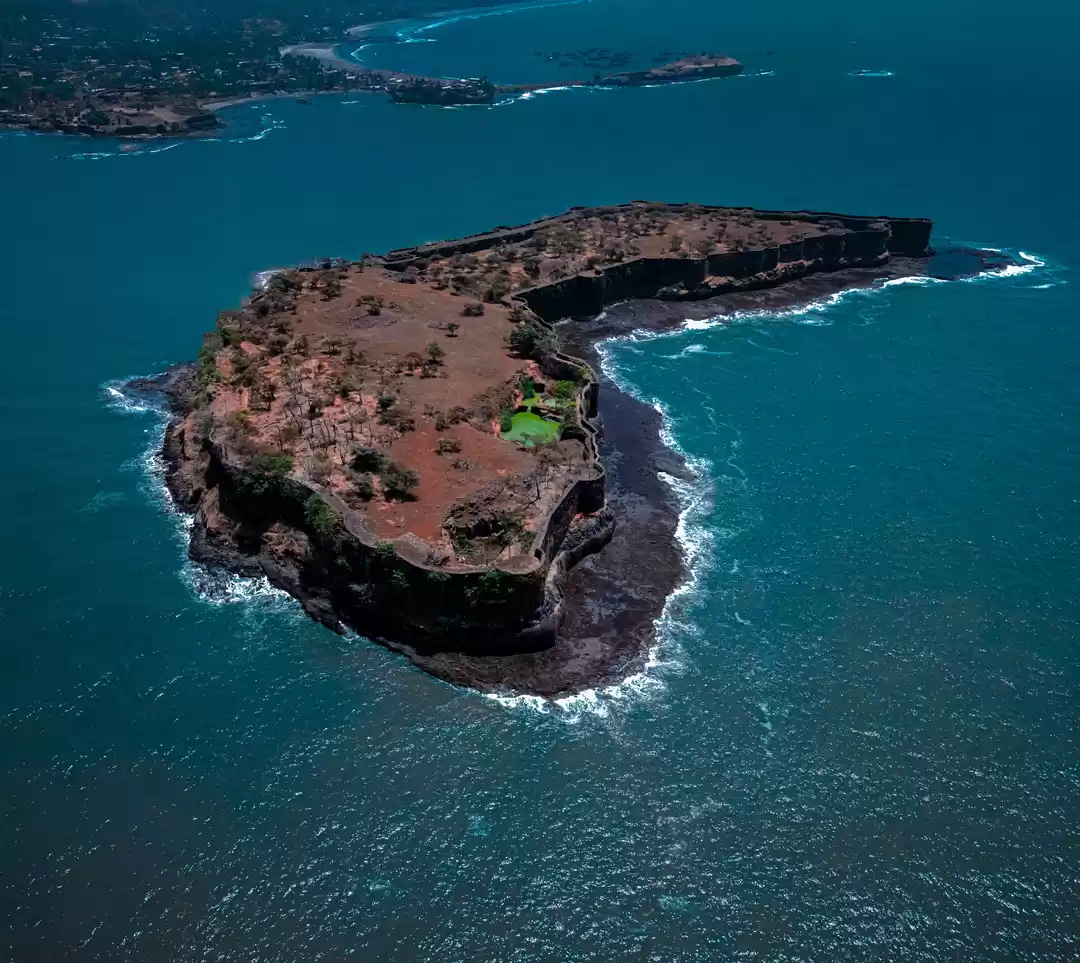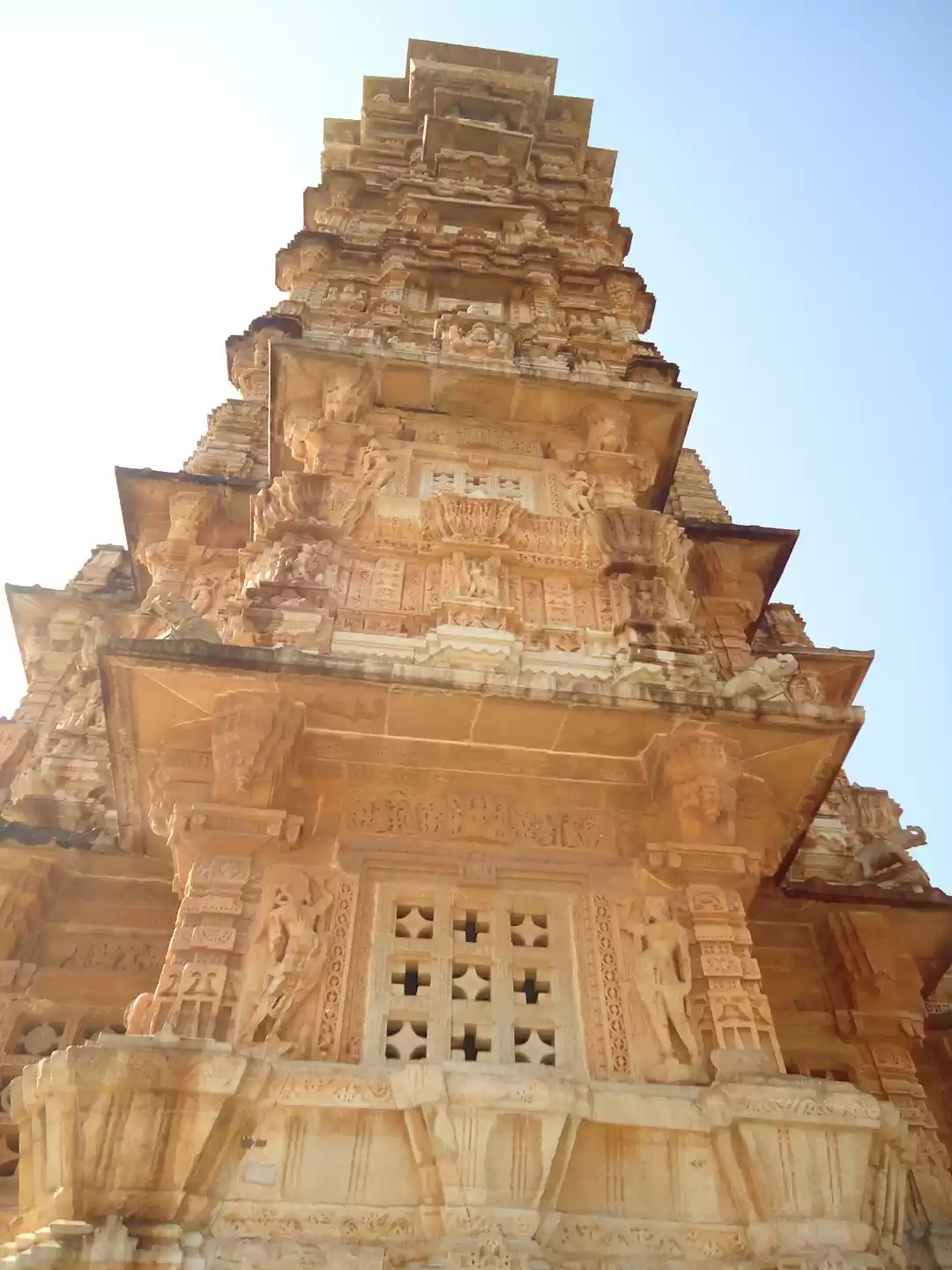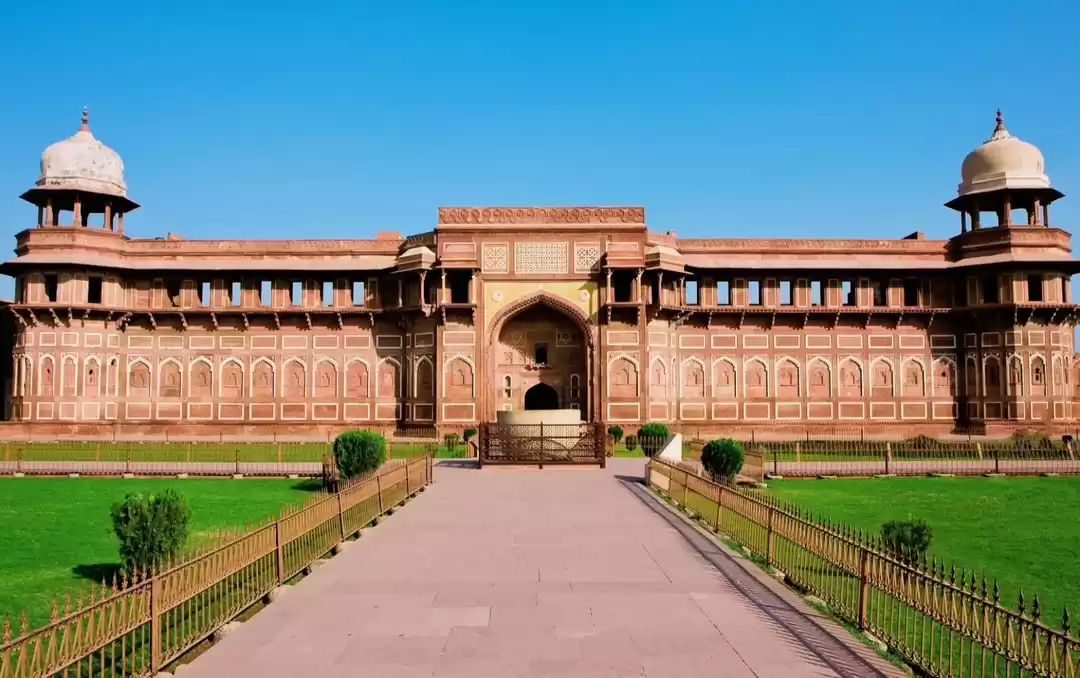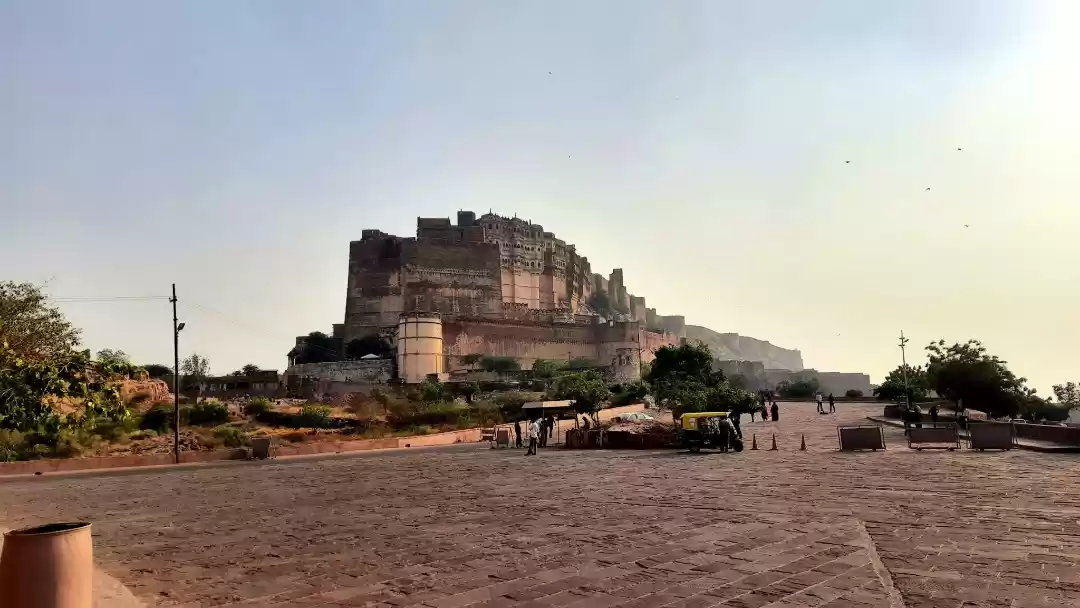Have you ever wondered what it was like to live in the times of Maharaja Ranjit Singh, the lion of Punjab? Have you ever wanted to witness the glory and grandeur of the Sikh Empire? Have you ever wished to experience the vibrant and diverse culture of Punjab? If yes, then you must visit Gobindgarh Fort, a historical and cultural treasure in Amritsar.
Gobindgarh Fort is a majestic fort that was built in the 18th century by the Sikh ruler Maharaja Ranjit Singh. It was the seat of power and the symbol of sovereignty of the Sikh Empire. The fort has witnessed many historical events and changes, from the Mughal era to the British Raj, from the Indian Army to the Punjab government. Today, the fort is a heritage site that offers a glimpse into the past and present of Punjab.
The fort is spread over 43 acres and has four gates, two bastions, a moat, and a rampart. The fort is a fusion of Sikh, Mughal, and British architecture, reflecting the influence and diversity of different cultures. The fort houses many attractions and activities that showcase the history and culture of Punjab, such as light and sound shows, museums, galleries, cultural shows, and food courts.
History of Gobindgarh Fort
The history of Gobindgarh Fort dates back to the 18th century, when it was built by Gujjar Singh Bhangi, a local chieftain. The fort was originally called Bhangian Da Qila, meaning the fort of the Bhangis. The fort was later captured by Maharaja Ranjit Singh, who renamed it Gobindgarh Fort, meaning the fort of God. He also expanded and renovated the fort, making it his stronghold and treasury.

The fort was the repository of the Koh-i-Noor diamond, one of the largest and most famous diamonds in the world, which was taken by Maharaja Ranjit Singh from the Mughal emperor Shah Shuja. The fort also stored other precious jewels and coins of the Sikh Empire, which were kept in the Toshakhana, or the treasury.
The fort was later taken over by the British after the Anglo-Sikh wars, who used it as a military base and a prison. They also added some structures and features to the fort, such as the Darbar Hall, the Bungalow, and the Durbar Tent. The fort was also the site of the Jallianwala Bagh massacre, one of the most tragic events in Indian history, where hundreds of peaceful protesters were killed by the British troops.
After India’s independence, the fort was handed over to the Indian Army, who used it as a border security force. The fort was finally opened to the public in 2017, after the Punjab government took over the fort and restored it as a heritage site.
Architecture of Gobindgarh Fort
The architecture of Gobindgarh Fort is a blend of Sikh, Mughal, and British styles, reflecting the influence and diversity of different cultures. The fort is built with bricks, lime, and iron, and has a square shape with four gates, two bastions, a moat, and a rampart.
The four gates of the fort are named after the four directions: Lahori Gate, Amritsari Gate, Keelar Gate, and Phansi Gate. The Lahori Gate is the main entrance of the fort, which faces the city of Lahore. The Amritsari Gate is the exit gate, which faces the city of Amritsar. The Keelar Gate is the gate that leads to the Toshakhana, where the Koh-i-Noor diamond was stored. The Phansi Gate is the gate that was used for executions by the British.

The two bastions of the fort are named Haathi and Nalwa. The Haathi Bastion is the largest and the oldest bastion of the fort, which was used to mount cannons and elephants. The Nalwa Bastion is the smaller and the newer bastion of the fort, which was named after Hari Singh Nalwa, a famous general of Maharaja Ranjit Singh.
The moat and the rampart of the fort are the defensive features of the fort, which were used to protect the fort from enemy attacks. The moat is a deep ditch filled with water, which surrounds the fort. The rampart is a raised wall, which runs along the edge of the fort.
Attractions of Gobindgarh Fort
The attractions of Gobindgarh Fort are the main highlights of the fort, which showcase the history and culture of Punjab. The fort houses many attractions and activities that cater to different types of visitors, such as families, solo travellers, couples, and groups. Some of the attractions of the fort are:
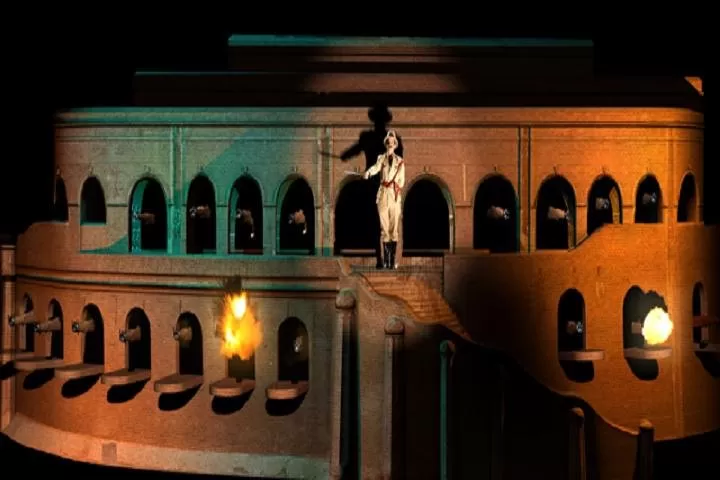
Sher e Punjab:
A light and sound show that narrates the life and legacy of Maharaja Ranjit Singh, the founder of the Sikh Empire. The show uses 3D projection mapping, laser lights, and sound effects to create a spectacular and immersive experience. The show is held every evening at the Haathi Bastion, and lasts for 45 minutes. The timings and entry fee of the show are:
Timings Entry Fee
6:30 PM to 7:15 PM Rs. 100 per person
7:30 PM to 8:15 PM Rs. 100 per person
8:30 PM to 9:15 PM Rs. 100 per person
Toshakhana:
A museum that displays the coins and treasures of the Sikh Empire, as well as replicas of the Koh-i-Noor diamond and other jewels. The museum is located at the Keelar Gate, where the original treasury of the fort was. The museum also has an interactive kiosk, where visitors can learn more about the history and significance of the coins and jewels. The timings and entry fee of the museum are:
Timings Entry Fee
10:00 AM to 10:00 PM Rs. 50 per person
The Bungalow:
A colonial-era building that houses a gallery of paintings and artifacts related to the British Raj and the Indian freedom struggle. The gallery showcases the portraits of the British governors and viceroys, the weapons and uniforms of the British troops, and the documents and memorabilia of the Indian leaders and revolutionaries. The gallery also has a section dedicated to the Jallianwala Bagh massacre, where visitors can see the bullet marks and the well where many people jumped to escape the firing. The timings and entry fee of the gallery are:
Timings Entry Fee
10:00 AM to 10:00 PM Rs. 50 per person
Spirit of Punjab:
A cultural show that showcases the folk dances and music of Punjab, such as bhangra, giddha, jhumar, and dhol. The show features talented and energetic performers, who wear colorful and traditional costumes and accessories. The show is held every evening at the Nalwa Bastion, and lasts for 30 minutes. The timings and entry fee of the show are:
Timings Entry Fee
5:00 PM to 5:30 PM Rs. 100 per person
6:00 PM to 6:30 PM Rs. 100 per person
7:00 PM to 7:30 PM Rs. 100 per person

Kanda Boldiyan Ne:
A 360-degree projection show that depicts the history and culture of Punjab, from the ancient times to the modern times. The show uses state-of-the-art technology and animation to create a realistic and captivating experience. The show is held every evening at the Darbar Hall, and lasts for 35 minutes. The timings and entry fee of the show are:
Timings Entry Fee
5:45 PM to 6:20 PM Rs. 100 per person
6:45 PM to 7:20 PM Rs. 100 per person
7:45 PM to 8:20 PM Rs. 100 per person
Ambarsari Zaika:
A food court that offers the authentic and delicious cuisine of Amritsar, such as kulcha, chole, lassi, jalebi, and amritsari fish. The food court has a variety of stalls and outlets, where visitors can enjoy the mouth-watering dishes and drinks. The food court also has a seating area, where visitors can relax and enjoy the ambiance of the fort. The timings and entry fee of the food court are:
Timings Entry Fee
10:00 AM to 10:00 PM Free

Tips to Plan Your Visit to Gobindgarh Fort
If you are planning to visit Gobindgarh Fort, here are some tips to make your visit more enjoyable and memorable:
- The best time to visit the fort is between October and March, when the weather is pleasant and comfortable. The fort is open throughout the year, except on Mondays and national holidays.
- The fort is located in the heart of Amritsar, near the Golden Temple and the Jallianwala Bagh. The fort is easily accessible by public transport, such as buses, taxis, and rickshaws. The fort is also close to the Amritsar railway station and the airport.
- The fort has a nominal entry fee of Rs. 25 per person, which includes access to the fort premises and the Toshakhana museum. The other attractions and activities have separate entry fees, which range from Rs. 50 to Rs. 100 per person. The fort also offers combo tickets, which include access to all the attractions and activities at a discounted price.
- The fort has a lot to offer for visitors of all ages and interests, so it is advisable to spend at least 3 to 4 hours at the fort to explore and enjoy everything. The fort also has a souvenir shop, where visitors can buy some memorabilia and gifts related to the fort and Punjab.
- The fort is a heritage site and a cultural treasure, so it is important to respect and preserve its beauty and dignity. Visitors are requested to follow the rules and regulations of the fort, such as not littering, not smoking, not touching or damaging the exhibits, and not taking photographs or videos without permission.
Gobindgarh Fort is a must-visit destination for anyone who wants to experience the history and culture of Punjab. The fort is a living testimony of the glorious and turbulent past of the region, as well as a showcase of the vibrant and diverse present of the state. The fort is a place where you can learn, explore, and have fun at the same time.
So, what are you waiting for? Book your hotel or tour package with us, and get ready to discover the fort of God.


























